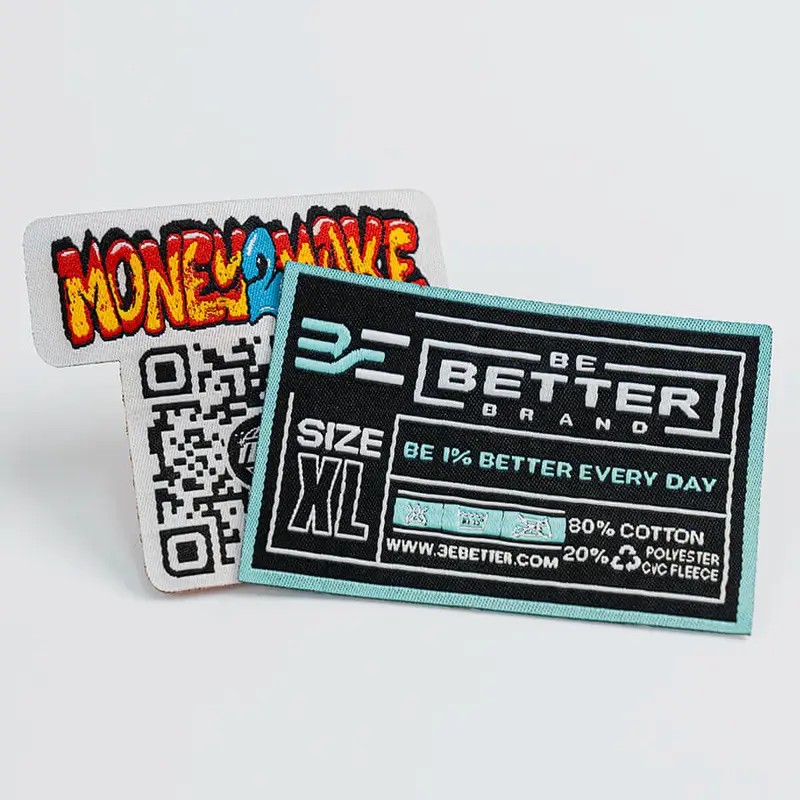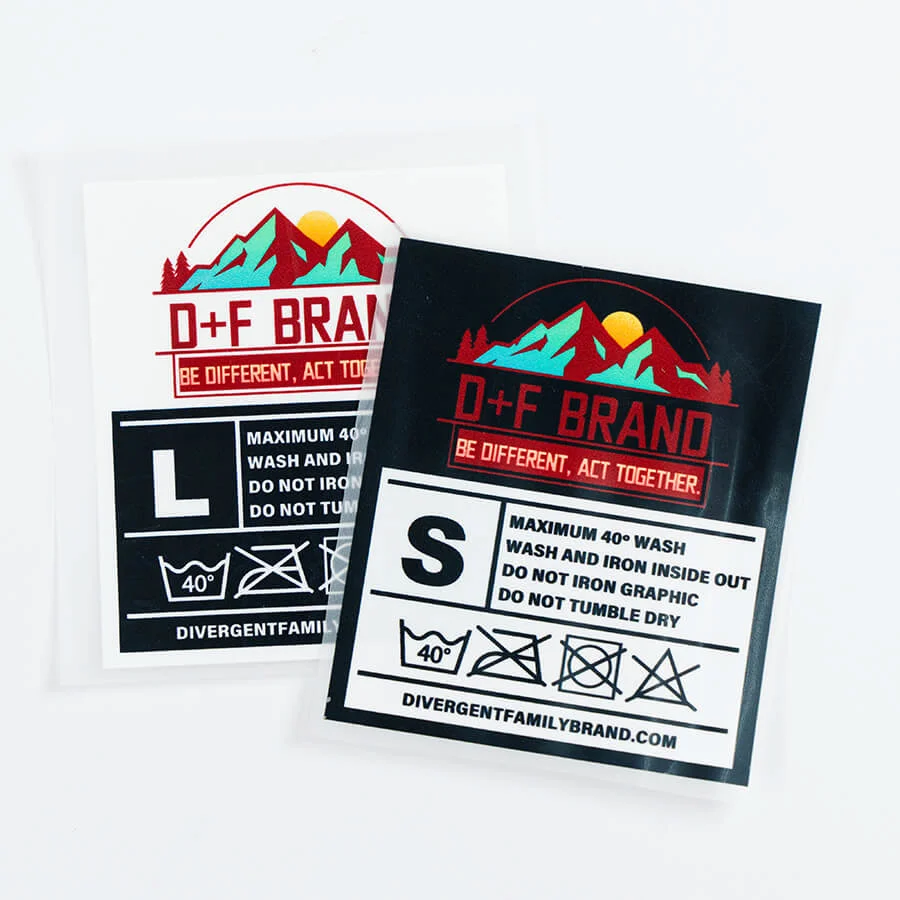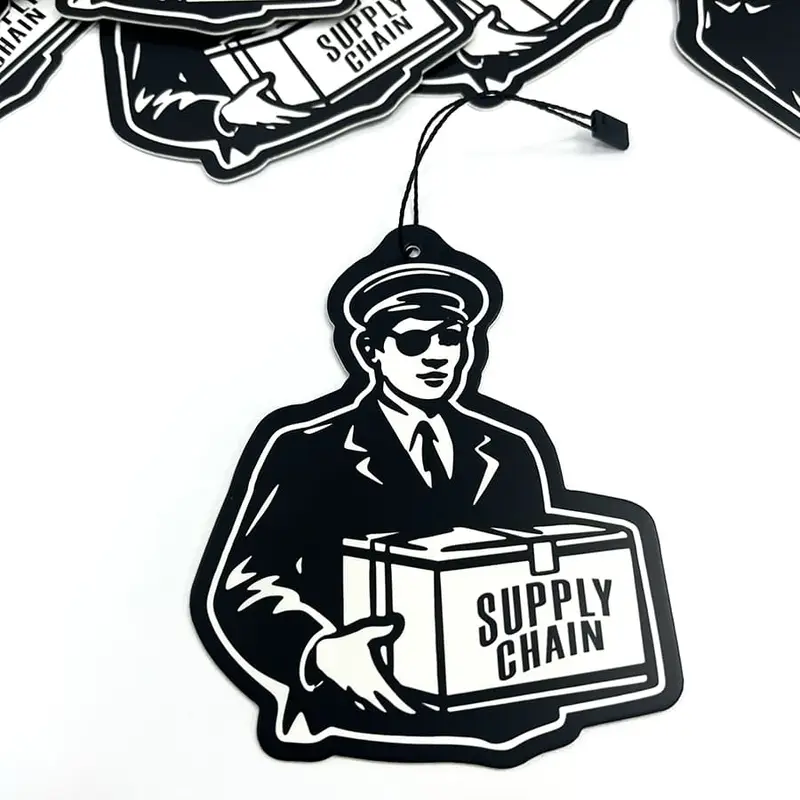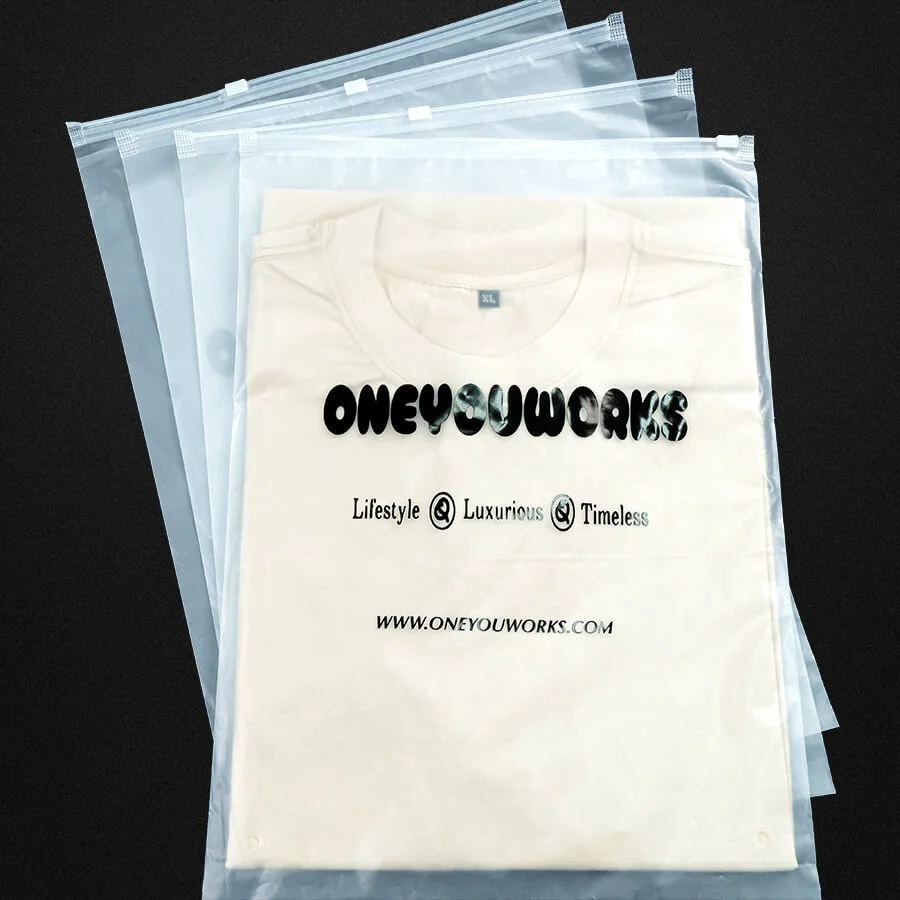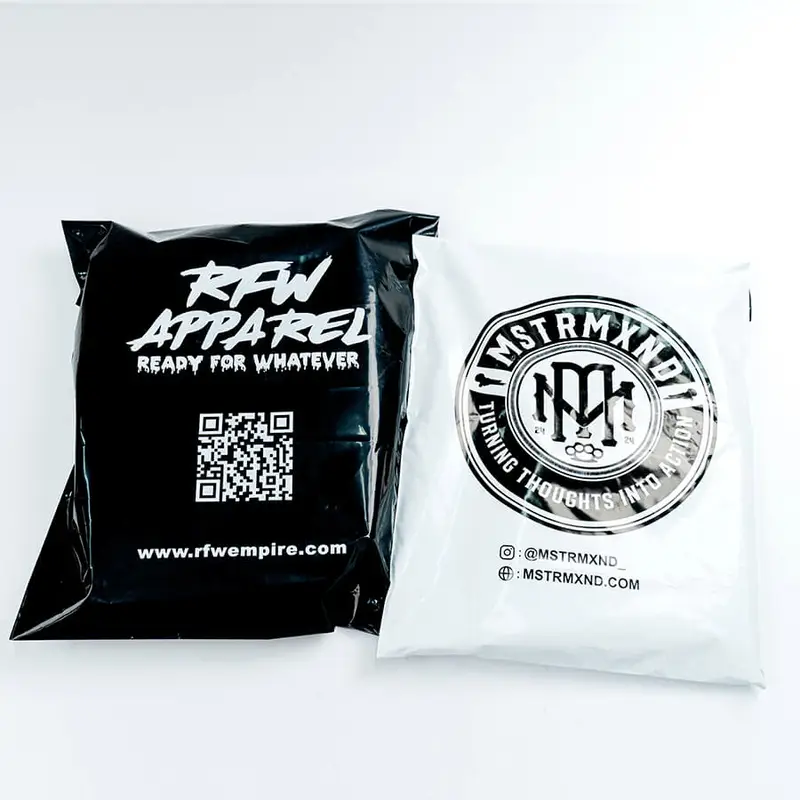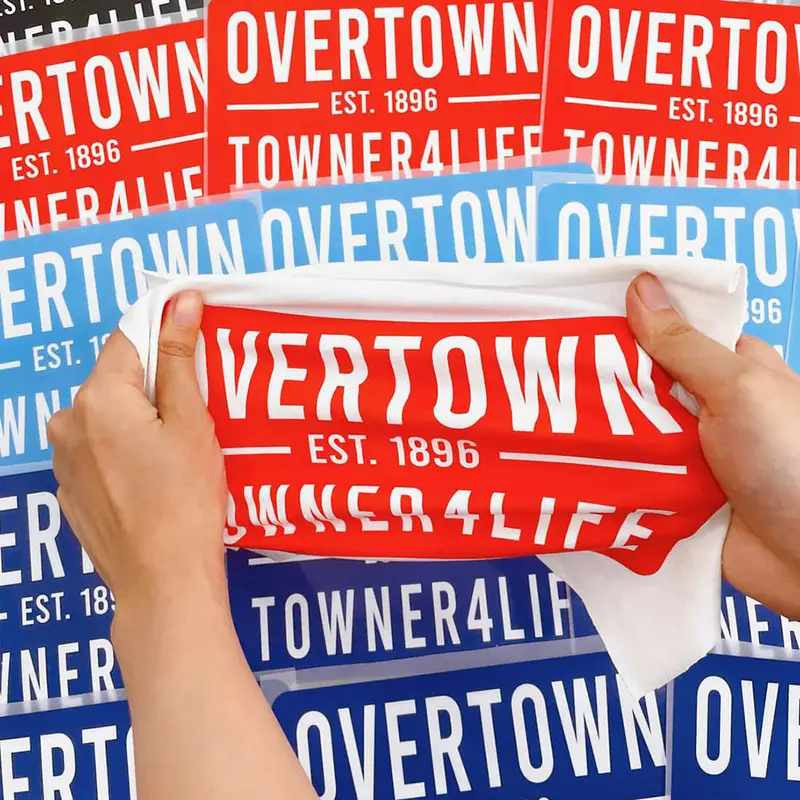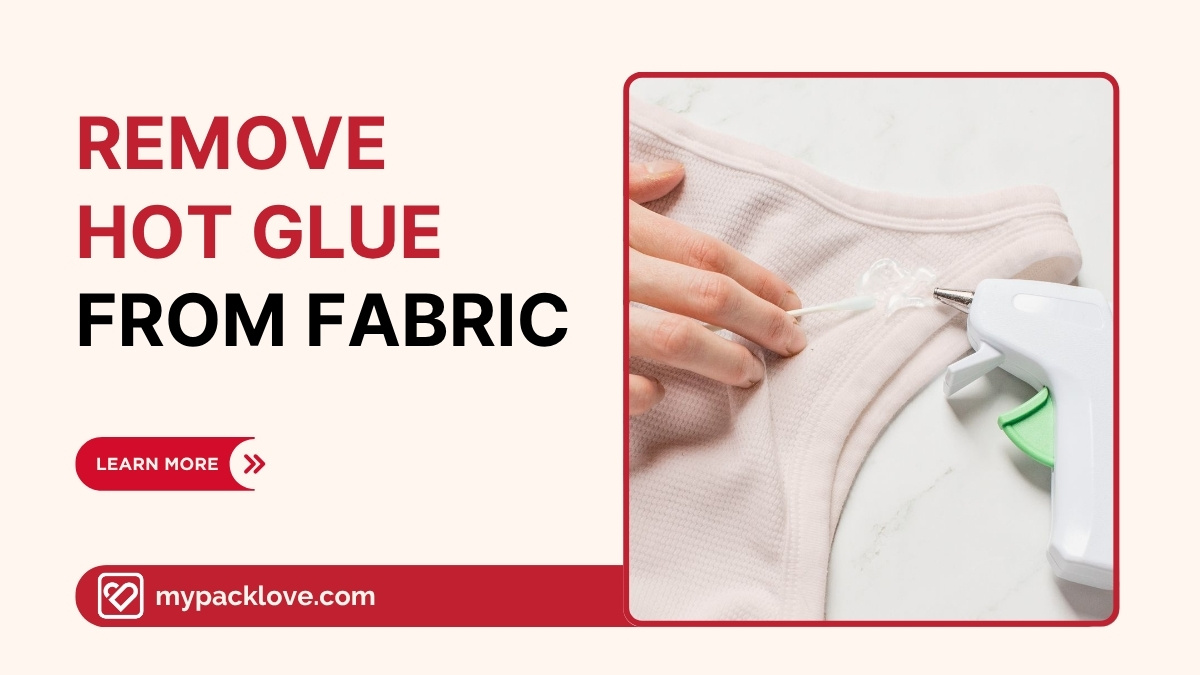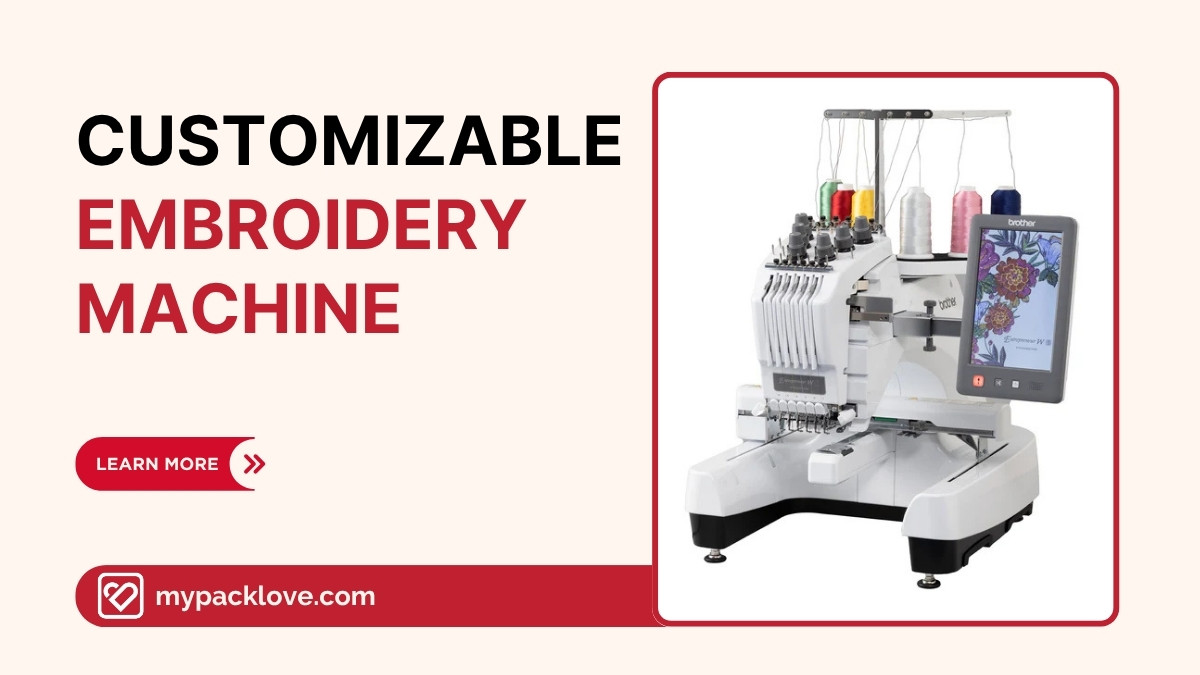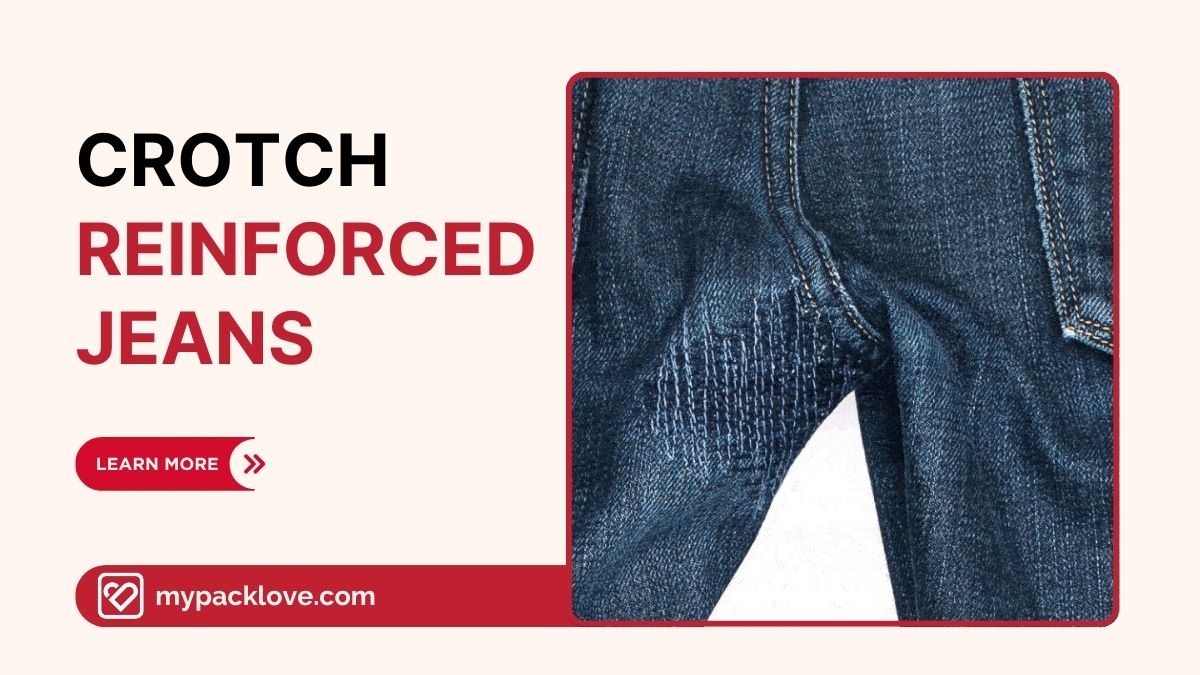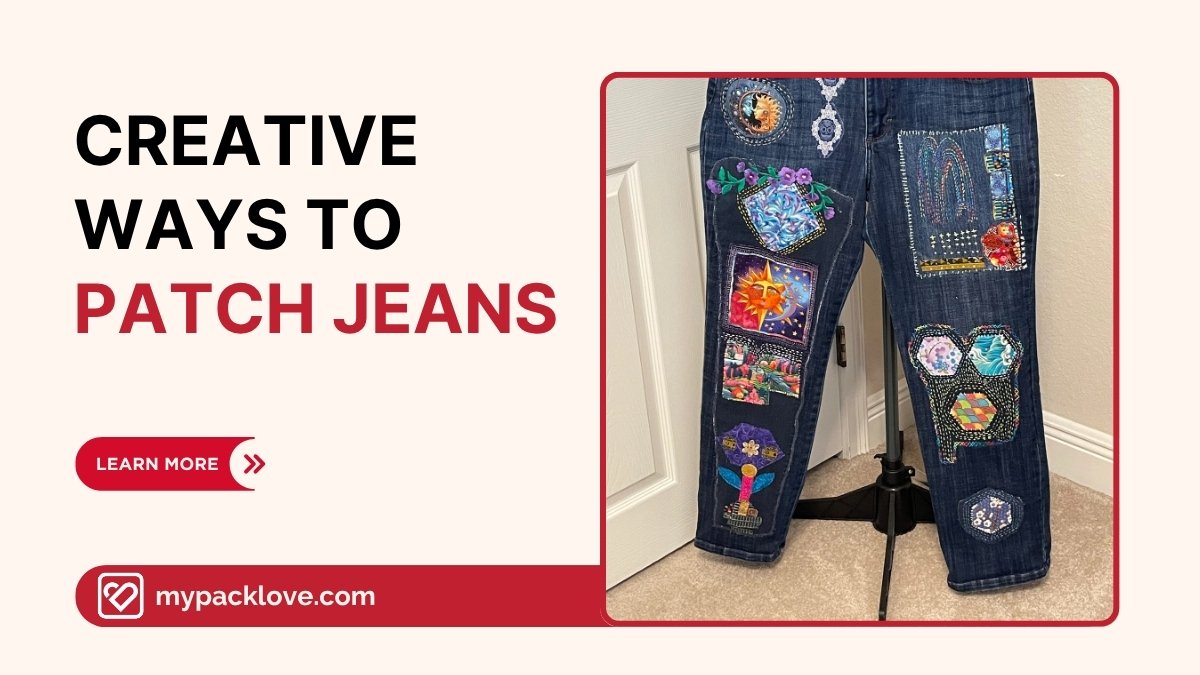USPS poly mailers: Sizes, regulations & where to buy
Shipping efficiently and affordably is crucial for e-commerce businesses, online sellers and even individuals sending packages. Poly mailers, with their lightweight yet protective design, have become a popular choice. This post will provide a clear understanding of USPS poly mailer regulations, help you select the perfect size for your shipments and guide you to reputable purchasing locations. Click!
1. Understanding USPS regulations for poly mailers
1.1 Size and weight restrictions for poly mailers
Choosing the right USPS poly mailer size is crucial for avoiding costly surcharges and ensuring efficient delivery. The acceptable dimensions and weight limits vary depending on the USPS mail class you select:
| Poly Mailer Size (inches) | Approximate Weight Limit (ounces) | Typical Item Examples | Mail Class Recommendation |
| 6 x 9 | 8-10 | Socks, small accessories | First-Class Package Service |
| 9 x 12 | 12-16 | T-shirt, small items | First-Class Package Service |
| 10 x 13 | 16-20 | Yarn, 1 yard of fabric, multiple small items | First-Class Package Service or Priority Mail |
| 12 x 15.5 | 20-26 | Two to three shirts, jeans, sweater, 2 yards of fabric | Priority Mail |
| 14.5 x 19 | 26-32 | Jeans, sweater, sheet set, 3 yards of fabric | Priority Mail |
| 19 x 24 | 32+ | Larger items, bulky items | Priority Mail |
However, there will still be a concept that is non-machinable surcharges. This is the most common surcharge encountered with oversized poly mailers. Packages that are too large, too thick or irregularly shaped may be deemed non-machinable. This leads to manual sorting, increasing handling time and cost. To avoid this, you can:
- Choose the right poly mailer size: Select a poly mailer that is snug but not overly tight around your item.
- Flatten items when possible: Reduce the thickness of your package by flattening items like clothing or fabric before placing them in the poly mailer.
- Measure carefully: Before purchasing poly mailers, accurately measure your packaged item to ensure it fits within USPS machinable size limits.
- Check USPS guidelines regularly: USPS regulations can change, so always verify current size and weight restrictions before shipping.
1.2 Approved poly mailer materials
While the USPS doesn’t explicitly list specific brands of poly mailers as “approved,” they have regulations regarding acceptable materials. Understanding these regulations is key to ensuring your shipments are compliant and avoid delays or surcharges.
Generally, USPS accepts poly mailers made from flexible plastic films, commonly polyethylene (PE) or polypropylene (PP). These materials are lightweight, durable and readily machinable. The materials should be strong enough to withstand the rigors of the shipping process without tearing or bursting.
Comparing Poly Mailer Options:
| Standard Poly Mailers (PE/PP) | Tyvek® Poly Mailers | Recycled Poly Mailers | Biodegradable Poly Mailers |
| These are the most common and readily available. They offer a good balance of cost-effectiveness and protection. | Tyvek® is a spun-bonded olefin material known for its strength and tear resistance. It offers superior protection compared to standard poly mailers, particularly for more delicate items, although it’s typically more expensive. Tyvek® is generally accepted by USPS. | The use of recycled materials in poly mailers is becoming increasingly popular and many options are available. The USPS doesn’t explicitly prohibit recycled poly mailers, provided they meet the same strength and machinability requirements as standard poly mailers. | Biodegradable poly mailers are made from materials designed to break down naturally. While environmentally friendly, the USPS hasn’t issued specific guidance on their use. Ensuring the biodegradable material meets all other USPS requirements for strength and machinability to avoid issues. |
2. Choosing the right poly mailer for your needs
2.1 Types of poly mailers and their uses
Choosing the right poly mailer depends heavily on the item you’re shipping and your priorities. Here’s a breakdown of common types:
Layflat Poly Mailers: These are the most common types, made from a single layer of flexible plastic. They are lightweight, inexpensive and ideal for lightweight, non-fragile items.
- Suitable Items: Clothing (folded neatly), documents, small accessories, lightweight prints.
- Advantages: Low cost, lightweight, easy to use.
- Disadvantages: Offer minimal cushioning, not suitable for fragile items.
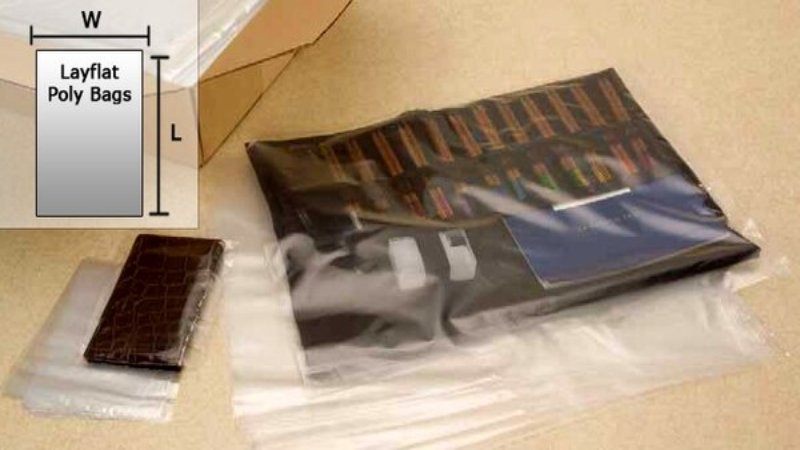
Bubble Mailers (Padded Poly Mailers): These feature a layer of bubble wrap laminated to the plastic, offering excellent cushioning and protection for fragile items.
- Suitable Items: Electronics, glass items, cosmetics, fragile artwork.
- Advantages: Superior protection, good cushioning.
- Disadvantages: More expensive than lay flat mailers, less environmentally friendly due to plastic bubble wrap.
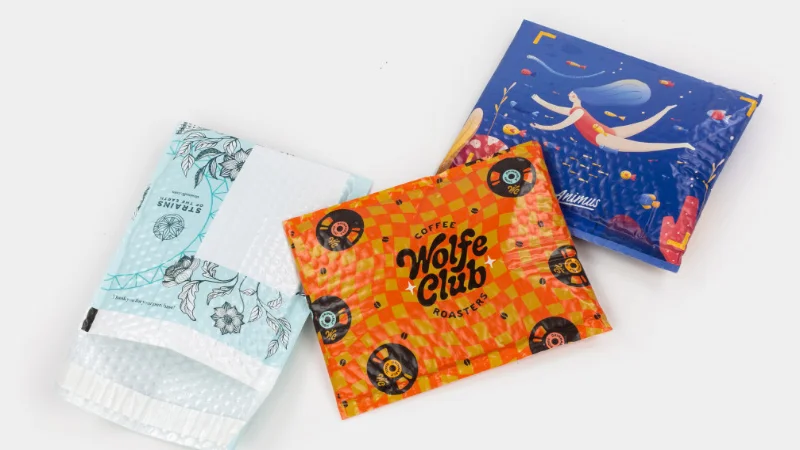
Tyvek® Poly Mailers: Made from a strong, tear-resistant spun-bonded olefin material, Tyvek® mailers offer excellent protection and a more professional look. They are water-resistant and more durable than standard poly mailers.
- Suitable Items: Important documents, valuable items, items needing extra protection from moisture.
- Advantages: High strength, water resistance, professional appearance.
- Disadvantages: More expensive than standard poly mailers.
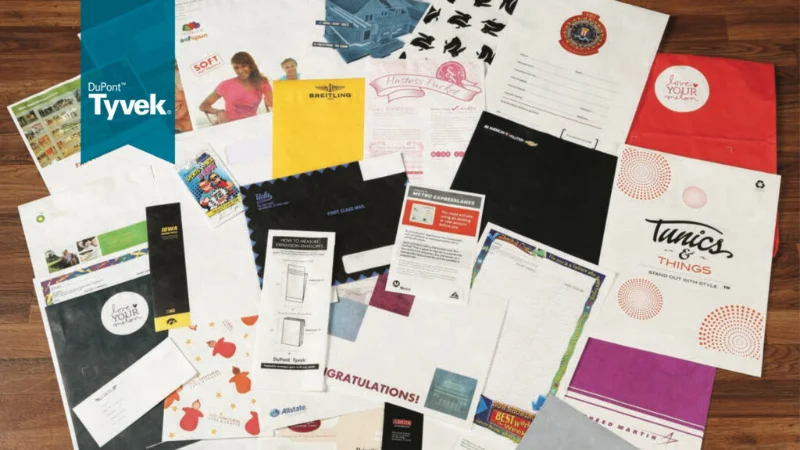
Compostable Poly Mailers: Made from biodegradable materials like plant-based polymers, these offer a more eco-friendly alternative to traditional plastic poly mailers. However, their availability and cost may vary. Always verify that the compostable claim is certified according to established standards.
- Suitable Items: Same as lay flat mailers, but prioritizes sustainability.
- Advantages: Environmentally friendly, biodegradable.
- Disadvantages: Can be more expensive and may not be as widely available.

2.2 Selecting the correct poly mailer size
Choosing the right size poly mailer is crucial for cost-effectiveness and efficient shipping. Oversized mailers increase shipping costs while undersized mailers risk damaging your items. How to measure for a poly mailer:
- Measure your item: Measure the length, width and depth of the item you’re shipping, including any added packaging.
- Add extra space: Allow for approximately 1/2 inch to 1 inch of extra space on all sides to ensure a comfortable fit inside the poly mailer.
- Choose the closest size: Select a poly mailer with dimensions that comfortably accommodate your item with the added space.
- Avoid oversized mailers: Overly large mailers will significantly increase shipping costs.
3. Where to buy USPS compliant poly mailers
3.1 Online retailers
Major online marketplaces like Amazon and eBay host numerous sellers offering a wide selection of sizes, materials and even custom printing for branding your business. Dedicated packaging supply websites often offer better pricing, especially for bulk orders and competitive shipping options.
Compare prices and bulk discounts across different vendors to find the best deal. Custom-printed poly mailers, available from many online suppliers, provide a professional touch and enhance brand recognition.
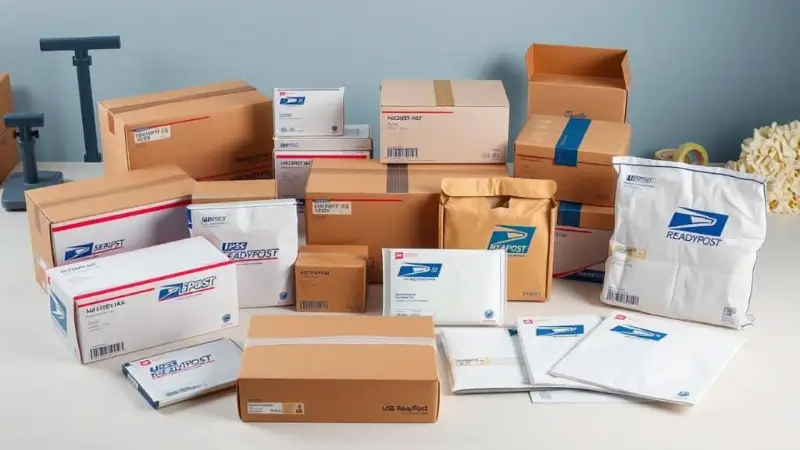
3.2 Local stores
For a more immediate solution, explore local options. Office supply stores (like Staples or Office Depot), shipping centers (like UPS Store or FedEx Office) and even some post offices might carry a selection of poly mailers. This option allows for quick pickup and reduces shipping times.
However, the selection might be more limited compared to online retailers, and prices may be slightly higher. This is a great choice for smaller, immediate needs or if you prefer to support local businesses.
4. Tips for shipping with poly mailers via USPS
4.1 Packaging best practices
Proper packaging is crucial for ensuring your items arrive safely when shipping with poly mailers. Follow these best practices to minimize damage and maximize protection:
- Choose the right size: Select a poly mailer that snugly fits your items but allows for a small amount of cushioning material. Overly large mailers increase shipping costs and may not offer adequate protection.
- Add cushioning: For fragile or delicate items, use appropriate cushioning materials such as bubble wrap, packing peanuts or tissue paper to prevent shifting and impact damage.
- Protect sharp corners and edges: Wrap sharp corners or edges with extra cushioning material to prevent punctures in the poly mailer.
- Place heavier items at the bottom: If shipping multiple items, place the heavier items at the bottom of the mailer to prevent crushing lighter items.
- Seal securely: Make sure the self-adhesive strip is fully pressed down along its entire length to ensure a secure seal. Consider adding additional tape, particularly if shipping heavier or fragile items.
- Clear labeling: Use a clear and permanent marker to write any important handling instructions directly on the poly mailer. Affix the shipping label securely in a prominent location ensuring the barcode is easily scannable.
4.2 Calculating shipping costs
Accurately calculating shipping costs is essential for budgeting and avoiding unexpected expenses. You can use the USPS website. The USPS website (usps.com) provides a comprehensive shipping calculator. You can enter the package’s dimensions, weight, origin, and destination to receive an accurate shipping cost estimate.
Besides, you can use a third-party shipping calculator. Several websites and apps offer shipping calculators that integrate with multiple carriers, including USPS. These tools can simplify the process by comparing rates across different services.
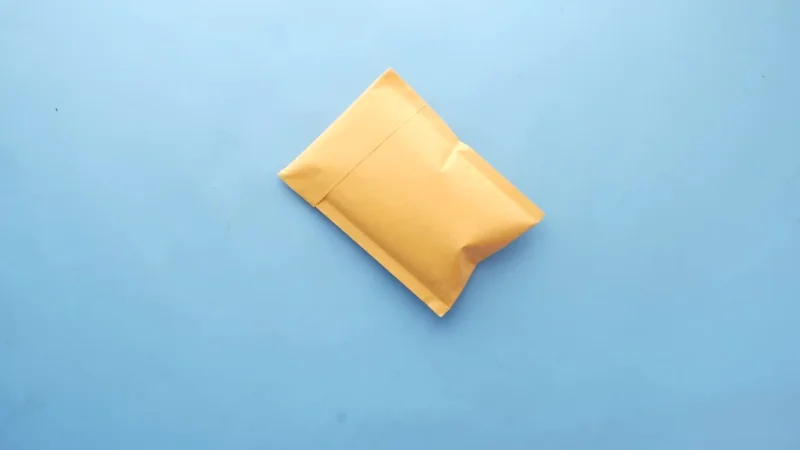
5. FAQs about USPS poly mailers
5.1 Are poly mailers recyclable?
The recyclability of poly mailers depends on their composition and your local recycling program. Standard plastic poly mailers (often made of polyethylene or polypropylene) may or may not be accepted in curbside recycling.
5.2 Can I reuse poly mailers?
Reusing undamaged poly mailers is a simple yet effective way to reduce waste and minimize your environmental impact. If a poly mailer is clean and in good condition (no tears or damage), it can be reused for shipping smaller, lightweight items. Before reusing, wipe it clean with a damp cloth to remove any residue or labels.
5.3 What’s the difference between a poly mailer and a bubble mailer?
Poly mailers are lightweight, flexible plastic envelopes ideal for shipping non-fragile items like clothing or documents. Bubble mailers are similar but incorporate a layer of bubble wrap for added cushioning, making them better suited for fragile items that need extra protection from impact. Bubble mailers are generally more expensive than standard poly mailers due to the added cushioning layer.
Read more:
- How to print on poly mailers: Methods, costs and eco-friendly options
- Are poly mailers recyclable? A complete guide
- Shipping with poly mailers: Guide to sizes, types & benefits
This guide highlighted the importance of selecting the correct poly mailer size and material to avoid non-machinable surcharges and ensure adequate product protection. Remember, proper packaging including appropriate cushioning for fragile items and secure sealing, is crucial to prevent damage and ensure safe delivery. Apply the information in this guide to optimize your shipping operations and enjoy a hassle-free mailing experience!

